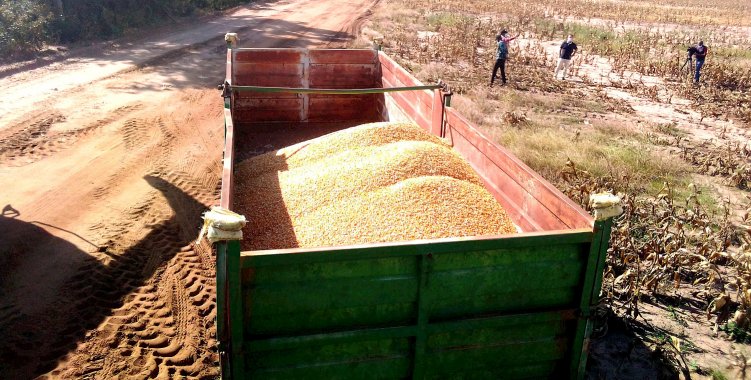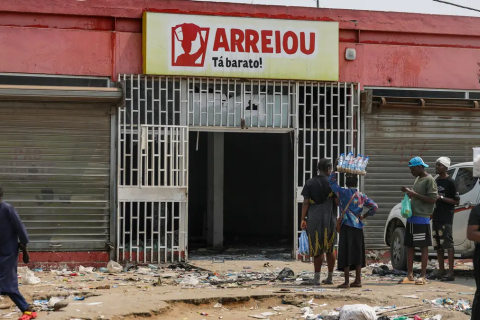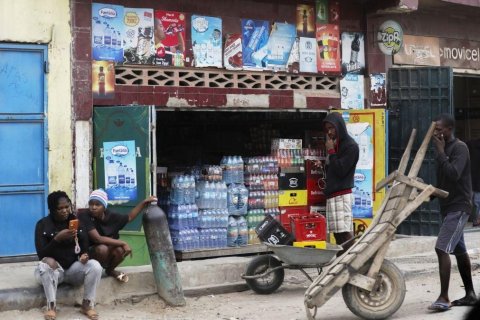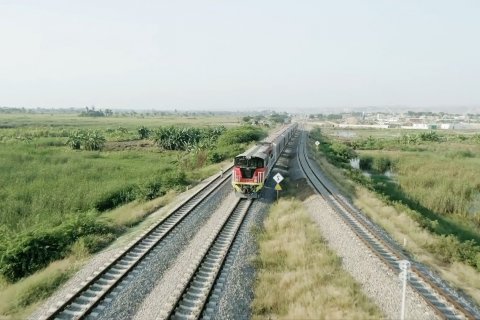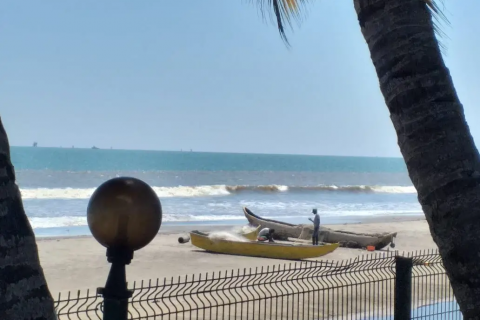As part of the Privatization Program (Propriv), the privatization of the farm was carried out in 2019, with its management being taken over by the FF Empreendimentos group, which, at the time, signed an award contract worth 10 million dollars, compared to the 55 million dollars it cost to build the project, writes Angop.
Later that year, after acquiring the farm, the manager decided to focus on cereal production and collected 340 tons of corn, out of the 1200 that were expected. Since then, there has been a gradual reduction in agricultural production, culminating in the farm's current state of inactivity.
This situation led the State to intervene and recover the agricultural infrastructure for its sphere. As explained by António Maia Sandjesse, director of the provincial office of Agriculture, Livestock and Fisheries, after a study and an inoperative situation due to an alleged lack of financing, the State decided to recover the enterprise.
The director added that the State is now working on creating mechanisms to launch a new tender for the infrastructure.
He further clarified that due to the fact that the manager did not "honor the payment in full", the State intervened.
"Due to the fact that the company did not honor the payment in full, in accordance with the contract signed with the Ministry of Finance, the State recovered the farm", he said, quoted by Angop.
The person in charge also spoke about the Sacassange farm, which is located in the south of the city of Luena. Privatized in 2018 into the hands of the GAPPIL group, the farm is partially operating, registering a "slight production" by focusing on corn, as well as animal husbandry, although far from what was desired.
According to Angop, in the near future, this farm will be able to receive 15 thousand chicks in order to raise and develop animals.
It should be noted that the Camaiangala farm is located on 18 thousand square meters and was created by the Government, as part of the program that aims to combat hunger and reduce poverty, with the aim of growing corn, beans, soy and meat. It has a structure with 3300 square meters of residential area, comprising a house with several bedrooms, office, restaurant, etc.
In the agricultural project there were three elements: one focused on the production of grains (corn and soybeans), another focused on the manufacture of cornmeal for human consumption and feed and a third dedicated to pig farming, also linked to a slaughterhouse.

